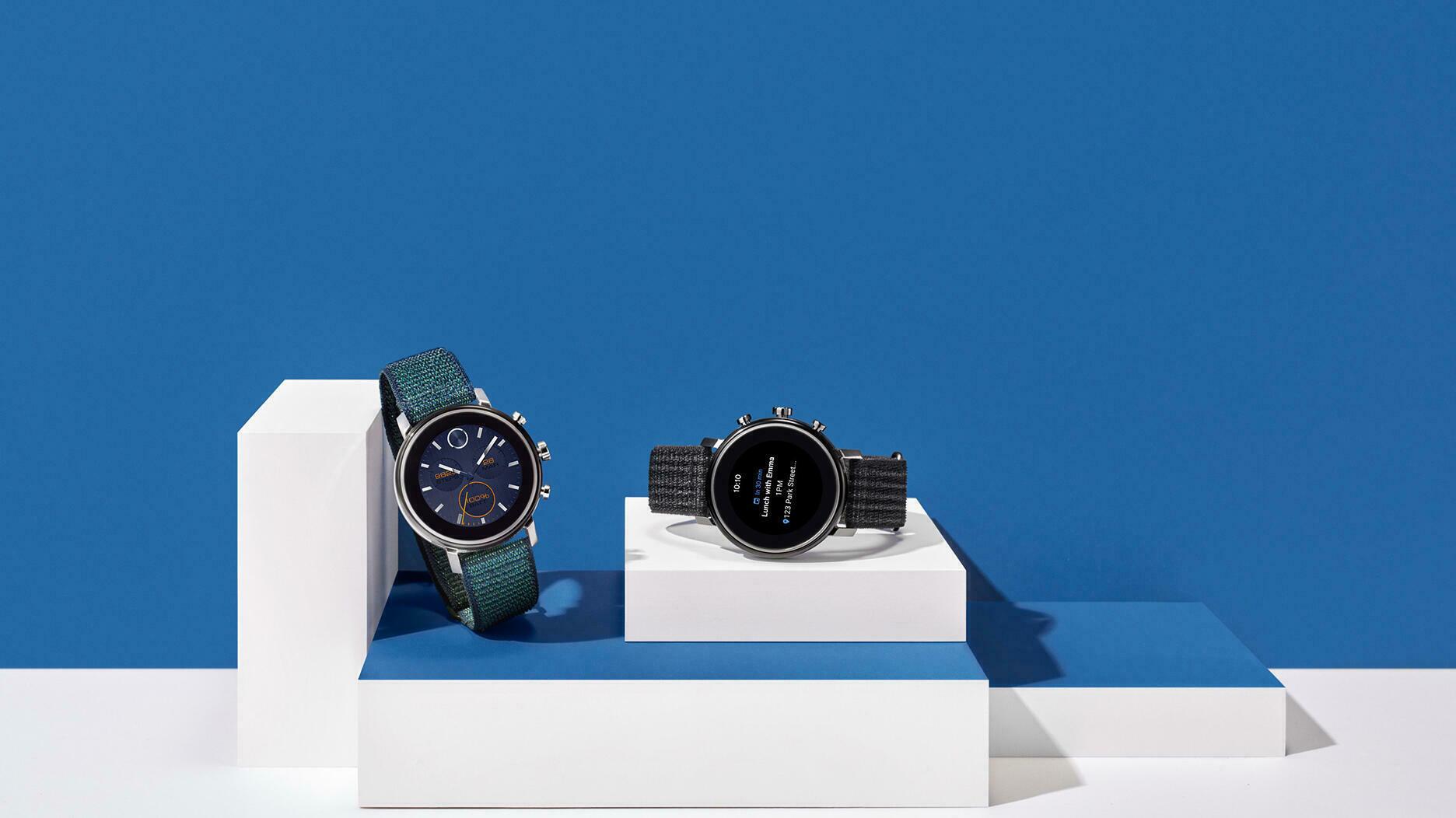Chris Blakeslee has experience at Athleta and Alo Yoga. Kendra Scott will remain on board as executive chair and chief visionary officer.
Retail Sales Growth in 2021 Depends on Vaccines, Says NRF
The National Retail Federation is optimistic about the year ahead, so long as the vaccine rollout goes according to plan.

Washington, D.C.—The National Retail Federation’s annual forecast called for a strong year ahead as the vaccine rollout continues.
Retail sales are expected to grow between 6.5 percent and 8.2 percent to more than $4.33 trillion in 2021.
In a media call about the results, CEO Matthew Shay said the U.S. hasn’t seen this level of sales growth since 2004, noting the average growth has been 4.5 percent over the past five years.
Retail sales grew 6.7 percent year-over-year in 2020 and 3.9 percent in 2019.
“We continue to be optimistic that in the aggregate, macroeconomic conditions are very healthy and will continue to improve,” said Shay.
Online sales in 2021 are expected to grow between 18 percent and 23 percent to between $1.14 trillion and $1.19 trillion.
The NRF expects to see job gains between 220,000 and 300,000 jobs per month while GDP growth is expected to be between 4.5 and 5 percent.
“This forecast is a snapshot based on the current economic environment,” cautioned Shay, as some uncertainty remains.
NRF Chief Economist Jack Kleinhenz noted the economy’s trajectory is dependent on the effectiveness of the vaccine and its distribution.
The worst-case scenario, said Kleinhenz on the call, includes mutations of the virus or a vaccine that is ineffective.
Presuming that vaccination efforts are successful, Kleinhenz expects the economy to see its fastest growth in more than two decades.
Kleinhenz highlighted several factors to back up the NRF’s optimism, including a second year of “extraordinary savings,” record high stock valuations, increasing home prices, and low interest rates.
Stimulus checks have been especially helpful in boosting consumer spending, he said, particularly for the unemployed and the lower and middle classes.
“The consumer certainly has purchasing power and is willing to spend and we believe that’s going to be important,” said Kleinhenz.
The more affluent consumers have not been spending as much in comparison, he said.
About one-third of stimulus dollars go toward spending with another one-third going to savings and the remaining one-third paying down debt, noted Kleinhenz.
Retailers have benefited from a shift to goods from services over the last nine to 10 months, but the pendulum may swing in the other direction going forward, he said.
As life returns closer to normal, Kleinhenz said consumers will still spend on retail goods, but will spend on services as well, which accounts for 70 percent of consumer spending.
The NRF said it will update its estimates as available data and other factors change.
The Latest

The credit card companies’ surveys examined where consumers shopped, what they bought, and what they valued this holiday season.

Kimberly Miller has been promoted to the role.

How Jewelers of America’s 20 Under 40 are leading to ensure a brighter future for the jewelry industry.

The “Serenity” charm set with 13 opals is a modern amulet offering protection, guidance, and intention, the brand said.


“Bridgerton” actresses Hannah Dodd and Claudia Jessie star in the brand’s “Rules to Love By” campaign.

Founded by jeweler and sculptor Ana Khouri, the brand is “expanding the boundaries of what high jewelry can be.”

Roseco’s 704-page catalog showcases new lab-grown diamonds, findings, tools & more—available in print or interactive digital editions.

The jewelry manufacturer and supplier is going with a fiery shade it says symbolizes power and transformation.

The singer-songwriter will make her debut as the French luxury brand’s new ambassador in a campaign for its “Coco Crush” jewelry line.

The nonprofit’s new president and CEO, Annie Doresca, also began her role this month.

As the shopping mall model evolves and online retail grows, Smith shares his predictions for the future of physical stores.

The trade show is slated for Jan. 31-Feb. 2 at The Lighthouse in New York City's Chelsea neighborhood.

January’s birthstone comes in a rainbow of colors, from the traditional red to orange, purple, and green.

The annual report highlights how it supported communities in areas where natural diamonds are mined, crafted, and sold.

Footage of a fight breaking out in the NYC Diamond District was viewed millions of times on Instagram and Facebook.

The supplier has a curated list of must-have tools for jewelers doing in-house custom work this year.

The Signet Jewelers-owned store, which turned 100 last year, calls its new concept stores “The Edit.”

Linda Coutu is rejoining the precious metals provider as its director of sales.

The governing board welcomed two new members, Claire Scragg and Susan Eisen.

Sparkle with festive diamond jewelry as we celebrate the beginning of 2026.

The master jeweler, Olympian, former senator, and Korean War veteran founded the brand Nighthorse Jewelry.

In its annual report, Pinterest noted an increase in searches for brooches, heirloom jewelry, and ‘80s luxury.

Executive Chairman Richard Baker will take over the role as rumors swirl that a bankruptcy filing is imminent for the troubled retailer.

Mohr had just retired in June after more than two decades as Couture’s retailer liaison.

Shekhar Shah of Real Gems Inc. will serve as president of the Indian Diamond & Colorstone Association in 2026.

This year’s good luck charm features the mythical horse Pegasus, and is our first Piece of the Week of the new year.



























